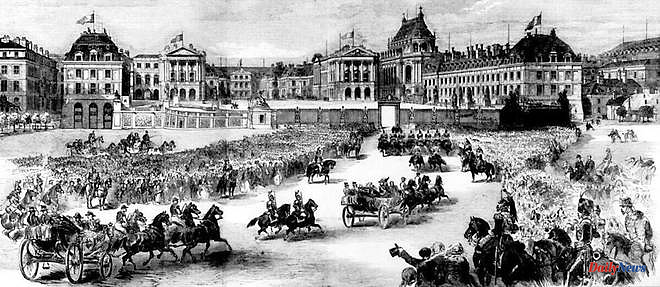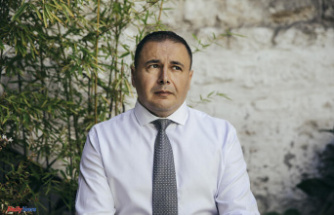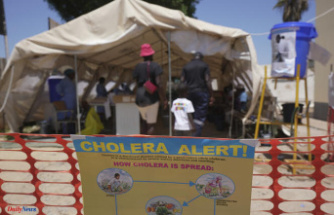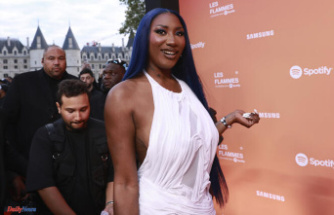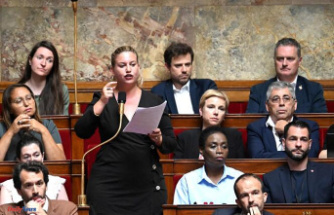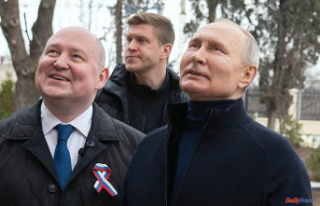As Versailles prepares to pull out all the stops to welcome Charles III, the same effervescence prevailed at the château in the summer of 1855 for the State dinner organized at the time in honor of Queen Victoria... Much was at stake: in the middle of the 19th century, it was time for peace and rapprochement with England, against which France fought under Louis XV, Louis XVI and Napoleon I. A first step had been taken under Louis-Philippe, who had invited the British royal couple to his castle in Eu in 1843, for a very friendly meeting – the two sovereigns liked each other.
In the early 1850s, the two countries were still on the same wavelength: they waged the Crimean War together against Russia in order to stop Tsarist expansionism on the Danube. And it was to celebrate this victorious military rapprochement that the invitations were sent out in 1855: Napoleon III was received with great pomp in London in the spring, and he in turn invited Queen Victoria at the end of August of the same year.
But the highlight of the trip remains the visit to Versailles, which suddenly reconnects with the splendor of the Great Century, which no king had until then wanted to revive since the departure of Louis XVI and Marie-Antoinette in October 1789... Napoleon III had the chateau lit up with gas, a huge ball was held in a sparkling Hall of Mirrors under the girandoles, where more than a thousand guests danced in uniforms and crinolines – Victoria wore a white dress laced with silver with the large Garter cord. At ten o'clock in the evening, a fireworks display is fired from the gardens with the Windsor Tower as the grand finale.
Then the Queen and Napoleon presided over a supper in the Salle de l'Opéra, from the box of honor, overlooking the parterre transformed into a banquet hall. "It is one of the most beautiful and majestic scenes we have ever witnessed," Victoria wrote afterwards. Four hundred people had taken their places at forty small tables of ten seats, each presided over by a lady of quality… Everything was magnificently lit by innumerable chandeliers and decorated with garlands of flowers. "The sovereign retires at midnight, as is etiquette, but the ball will linger until three in the morning...
If Prince Albert remained wary of the splendor of the French Empire, preferring instead an alliance with Prussia, Queen Victoria was definitely won over by Napoleon III, with whom she maintained a private correspondence. "For the Emperor, personally, I feel real affection. He knows, in an incredible way, to attach those who approach him,” she wrote at the time. In fact, the visit was an undeniable success: the queen will support Napoleon III in Mexico and a free trade treaty between the two countries will be signed for ten years from 1860.
As for the Entente Cordiale, it was not until 1904 that it finally became part of the treaties, with the accession of Edward VII. Victoria's son adores France, which has long since become his favorite playground – he notably comes to slum there, far from the heavy protocol of the British court. The new king always remembered these few festive days spent in Paris in 1855: the beauty of the capital, the welcome of the Parisians, the private visits to the monuments, the good nature of Napoleon III, so different from his stuffy father, who had once kidnapped him for a ride in a horse-drawn carriage in the rue de Rivoli… “You have a beautiful country, he had confided to her at the time. I would like to be your son! What is diplomacy sometimes about...
To read :
The last queen, Victoria, by Philippe Alexandre and Béatrix de l'Aulnoit, Robert Laffont editions
Visits and receptions at the Palace of Versailles, by Philippe Delorme, Sotecaen fait o editions

